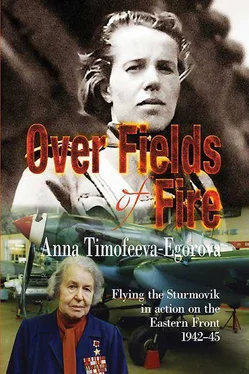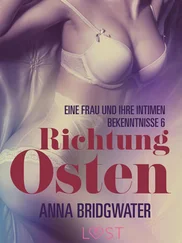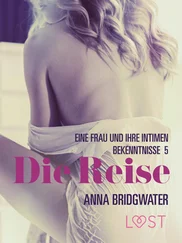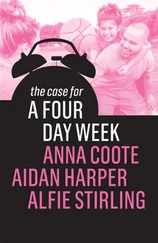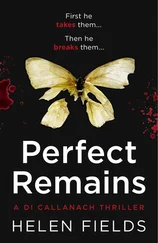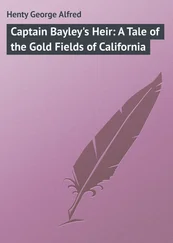We dived, dropped bombs, fired our cannons and machine-guns. We pulled the Sturmoviks out of the attack when we were just above the heads of the Hitlerites, then gained altitude and swiftly dashed into another pass. I saw vehicles burning, something exploding. The infantrymen were on the run, the tanks crawling in all directions, crushing their own soldiers. Take that, you bastards! For everything we’ve suffered!
The ammo was running low and I turned my plane towards home. I glanced back to check if everyone was still with me — and a nasty chill ran down my back, then I felt hot and my mouth got dry: Zoubov’s plane wasn’t there… Where was he? How could that be? A pilot was shot down and I didn’t notice? It meant now there were only three of us left. The quartet of our escort fighters was in a dogfight a bit to the side of us.
So, I was flying back and kept watching the ground: maybe, I would see Misha Zoubov’s plane? How could it be? And I had shouted at him before the battle… But as soon as we’d crossed the frontline I saw a Sturmovik lying on a hillock not far away from the marshes. The number on its tail was ‘23’ — it was Zoubov’s! He and his aerial gunner got out of the cockpit onto the wings and waved to us, then fired a shot from a flare gun. I made a steep turn, banked my wings (“Look, I can see you — wait for help!”) and flew away.
We landed safely and, having reported completion of the mission to the commander, I headed to the marshes in a Po-2 to pick up Zoubov and his gunner. Zoubov told us his Sturmovik had been damaged by ack-ack guns and when he was retiring, shot up, he was finished off by a fighter. Later, when Misha and I had done quite a few combat sorties, he admitted to me once: “You know, Anna Alexandrovna, back then I was afraid not of the Choushka Spit or the bad weather but of your presence. I thought: “Well, Michael, no good will come of a ‘woman on board’. But when you made the turn above us and then came back to pick us up in a Po-2 all my doubts disappeared. I beg your pardon…”
After that a crew of technicians and engine specialists flew over to the forced landing spot from our regiment and PARM 129 129 Abbreviation of Mobile Aviation Maintenance Workshop.
. They were to assess the damage and decide the fate of the Sturmovik . Would it be feasible to repair it on the spot or it would be better to disassemble it, load onto trucks and send to workshops in separate units? Such decisions were always taken by the captain of technical services Petr Vasilievich Komkov — formerly engine specialist to V. P. Chkalov 130 130 Translator’s note — a famous Soviet test pilot who died in a flying accident shortly before WWII.
himself. He was a jack-of-all-trades but best of all he knew the AM-38 engine. Like a good doctor of diagnostics he would listen to it: tap it all over, then sit in the cockpit, turn on the engine and continue listening to it first at low, then at medium revs, and sometimes on booster. At last Komkov would turn the ignition off, look into all sections of the engine and only then would he was make a conclusion. We were all confident that our frontline ‘academic’ would always make the right diagnosis — with him mistakes didn’t happen.
It’s true Komkov from Gorky had one weakness. He was so very jealous of his wife that more than once she ran to the head of the Division’s Political Section with complaints against her husband. Praskovya Semyonovna (just Panya to everyone) from Moscow, very young and pretty, appeared in the PARM unexpectedly but stayed. She went to work in her husband’s workshops sewing percale on a machine. And thus Panya sewed up until the end of the war — that was her contribution to the Victory.
27. Frogmarched to training
The division commanders decided to send me on a navigation course in Stavropol. There was no need for navigators in Sturmoviks or in fighter planes: every pilot was his own navigator. But each regiment had a squadron navigator position: he was also the deputy squadron commander. Apart from that, there was a position of regimental navigator — the regiment’s deputy commander for navigation services.
I didn’t care much about these career steps: I only wanted to fly, and categorically refused to go on that course. Then the division commander General Get’man ordered Major Karev to ‘frogmarch’ me there in a Po-2. I could do nothing and had to yield. And now I was studying. There were six more ‘captives’ with me: four fighter pilots and two Sturmovik pilots. Our course leader was Senior Lieutenant Kalougin — a handsome chap with unruly brown hair, a kind smile and freckles on his nose. He had already become a well-known fighter pilot in our Aerial Army — by that time this lad had more than twenty shot-down enemy planes on his account.
There were as many teachers as students at the course, and the head of the course was a well-educated and kind-hearted man — Lieutenant-Colonel Alexander Petrovich Kilin. In two months the course was completed. We headed back to our 4th Aerial Army on the Stavropol-Krasnodar train. At one station we bought fresh newspapers, and shouted ‘hurray!’ — our fellow student Senior Lieutenant V. Kalougin had been awarded the title of Hero of the Soviet Union! We’d already known about our comrade’s feat from the Army and Front-level newspapers, and from leaflets dedicated to the fearless aerial fighter. During one battle against a group of enemy bombers intending to bomb our installations the Senior Lieutenant, having expended all his ammo, went for ramming. Choosing the right moment, he moved up against a Junkers and chopped off its wing with his propeller. The Junkers turned over awkwardly and in an instant hit the ground and exploded. The other Fascists turned westward, and the gallant pilot led his damaged plane to his aerodrome and landed safely. Next day Kalougin had to ram again — and again, having destroyed an enemy bomber with a blow to his tail assembly, he managed to make it home. “Two rams in two days!” the newspaper wrote of his feat. “What a striking and convincing proof of the martial valour and high skills of the Soviet pilot, and his indomitable resolve to defeat the enemy at any cost!”
We were very happy about our comrade’s high award and decided to celebrate the event. At the station, on the spot, we bought a watermelon and some fruit, and when the train had taken off we began to honour the hero…
The train arrived in Krasnodar where the headquarters of the 4th Aerial Army was located, and from there we flew to our regiments. I returned to my 850th Ground Attack with joy, as if to my kinfolk, but my joy faded straightaway. The 20-year old commander of our squadron, Semyon Vasilievich Andrianov, had been killed in action with his aerial gunner Potseluiko… I remember feeling a lump rise in my throat — I was unable to ask or say anything — there were only memories before my eyes. And among them for some reason I recalled the marvellous drawings in an album my squadron commander once showed me.
“You’ve got talent, comrade commander”, I said him then.
“No, Egorova, you’re wrong. We simply had a good drawing teacher in our 11th School in Nizhniy Tagil. He ran a drawing club that I eagerly attended. For as long I can remember I always wanted to draw…”
“Well, join a college of arts after the war, Semyon Vasilievich”, I addressed the comesk by his first name and patronymic for the first time. “Your drawings are so good! Although I don’t understand much about drawing…”
“I love flying, Annoushka”, said Andrianov with unexpected affection. “But after the war, when we destroy the Fascists, I will take up drawing seriously…”
Читать дальше
